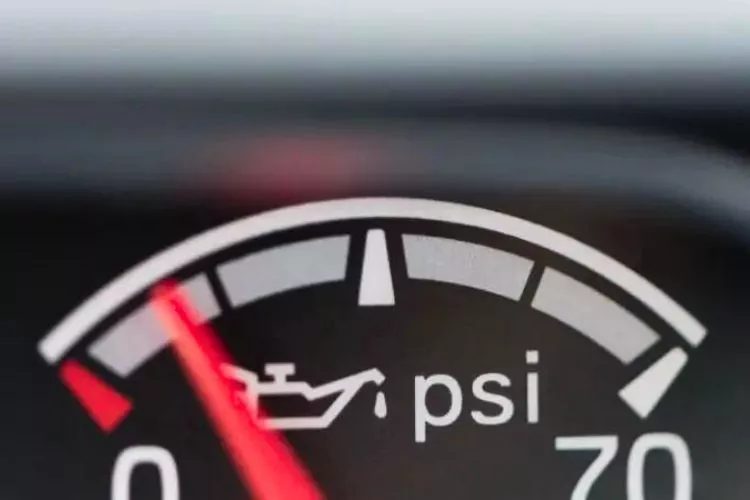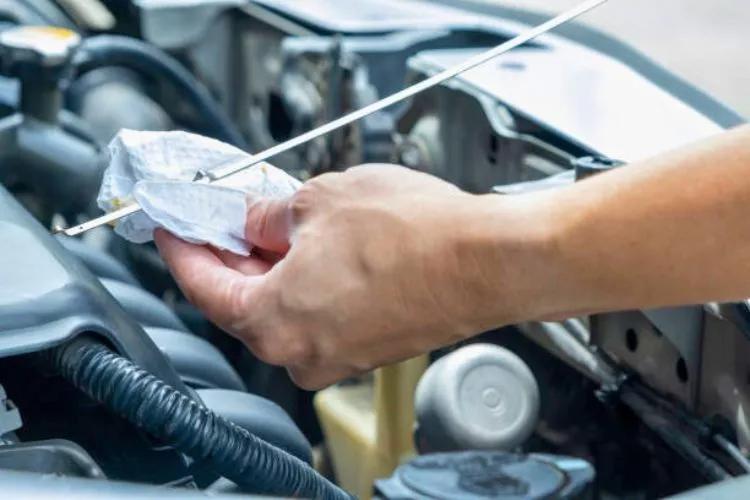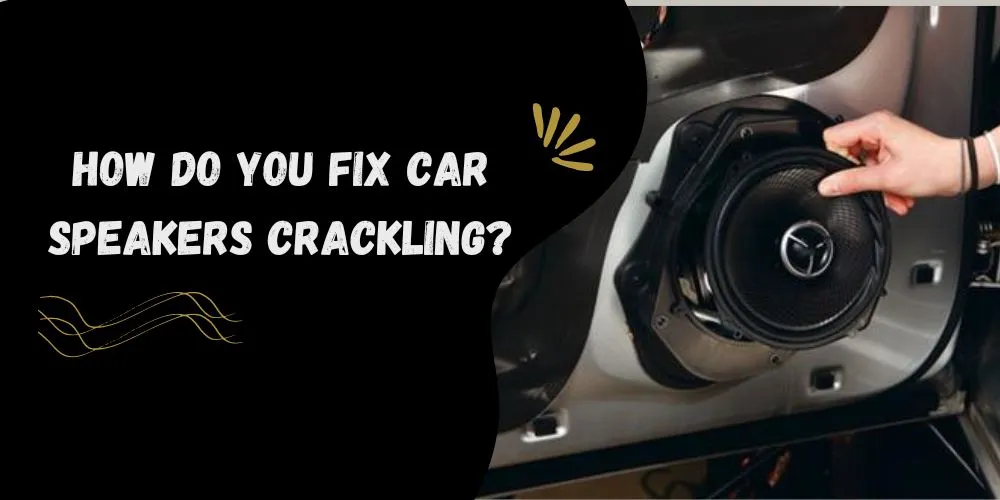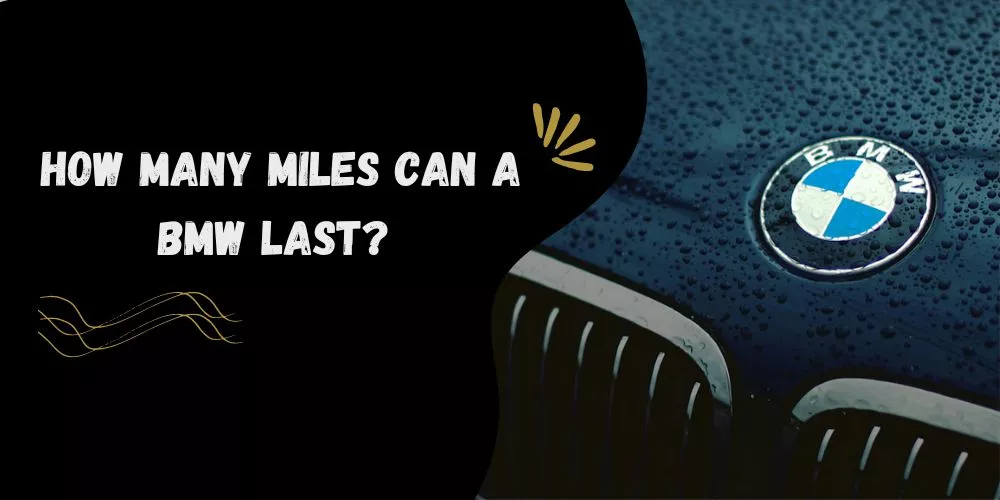Are you worried about proper lubrication for your engine before it roars to life?
Discover essential techniques on how to build oil pressure without starting car, ensuring smooth and damage-free operation.
This in-depth guide will walk you through tried and tested methods to prime your engine like a pro!

Let’s dive into these crucial steps for your car’s longevity and optimal performance.
Contents
how to build oil pressure without starting car?
Building oil pressure in your vehicle without starting the engine can help prevent wear and tear on your car, mainly if it hasn’t run in a while. This guide will describe the steps required to efficiently prime your engine with oil.
- Get the Right Tools: Ensure that you have the appropriate tools before you begin. You’ll typically require a standard wrench set and a priming tool. The priming tool you will need will depend on the make and model of your car.
- Locate the Oil Pump Drive: Remove the distributor cap from the engine to access the oil pump drive. This is usually located at the top of the engine and is typically circular and plastic.
- Remove the Oil Pump Drive: After locating the drive, the next step is to disconnect it. Use the correct socket wrench size to remove the retaining bolt that holds it in place, or follow the manufacturer’s guideline if it’s a different securing mechanism.
- Install the Priming Tool: The priming tool will take the place of the oil pump drive. Install the tool – ensure it connects correctly to the oil pump shaft.
- Operate the Priming Tool: Use either a wrench or a drill (if the priming tool allows) to operate the tool; this will start circulating the oil throughout the engine. Continue this process until you know that the oil has reached all the necessary parts.Remember, the aim is to mimic the action of the oil pump, applying steady pressure without overdoing it.
- Reinstall the Oil Pump Drive: After you’ve properly circulated the oil:
- Remove the oil priming tool.
- Reinstall the oil pump drive and bolt it back in place.
- Put the distributor cap back on.
- Check the Oil Pressure: Now that you’ve primed the engine, confirming that the oil pressure is sufficient is important. If your car has an oil pressure gauge, you should be able to verify it without starting the engine.
Safety Tip:
Ensure the car is neutral and the parking brake is engaged before starting. This process can offer considerable benefits, providing much-needed lubrication – particularly when starting an engine that’s been sitting idle.
Familiarize yourself with your car, including the appropriate tools and parts, which can become a valuable part of your maintenance routine.
Troubleshooting Common Oil Pressure Problems: A Detailed Guide
Building oil pressure in your car is a vital yet often overlooked maintenance step. However, several issues may arise, preventing your car from reaching optimal oil pressure. Below, we discuss these common issues and provide tips on addressing them.

- Oil Pressure Light On: If the oil pressure light on your dashboard illuminates, it’s a significant sign of low oil pressure. First, check your oil level—it may be low and require simply topping it off. If your oil isn’t low, your oil pump may be faulty and require replacement.
- Noisy Engine: A noisy engine, especially upon startup, can also indicate low oil pressure. The engine noise could be due to inadequate lubrication in the engine’s internals. Check the oil level and quality. The oil may need to be changed.
- Unresponsive Oil Gauge: Factory oil pressure gauges are not always accurate. If the gauge seems unresponsive or stuck, it may not necessarily mean low oil pressure. Test the oil pressure using a mechanical gauge to rule out an electrical issue or a faulty gauge.
- Engine Overheating: Low oil pressure can lead to engine overheating. The engine oil is responsible for cooling the engine by reducing friction. Check your oil pressure if you see your engine temperature rise significantly without a clear reason.
- Oil Leaks: Oil leaks are another direct cause of low oil pressure. Regularly inspect your car for oil pools underneath it. If you notice a leak, identify its source and get it fixed promptly to avoid low oil pressure issues.
- Worn Engine Bearings: Engine bearings that are excessively worn or damaged can cause low oil pressure. If you rule out all the other potential problems and still experience low oil pressure, consider having a qualified mechanic inspect the engine bearings.
Quick Fixes:
- Change the oil filter: If it is excessively dirty or clogged, it can cause low oil pressure.
- Use oil additives: Certain can boost your engine oil’s performance and overall pressure. However, consult your manufacturer’s guidelines or a trusted mechanic before using additives.
- Regular maintenance: Keep all engine components in good condition with regular maintenance to ensure smooth oil circulation.
While these tips can help you troubleshoot some issues, certain problems may require professional intervention. If the oil pressure problems persist, consult a professional mechanic to avoid long-term engine damage.
Myths and Misconceptions about Oil Pressure: A Detailed Guide
Several misconceptions about oil pressure have been passed around among car enthusiasts, drivers and even mechanics. These misconceptions can lead to potential damage to your vehicle’s engine if taken for granted.
This article clarifies some common myths and misconceptions about oil pressure.

Myth 1: More Oil Pressure Is Always Better
Reality: This is perhaps the most widespread myth about oil pressure. While oil pressure is undoubtedly crucial to your engine’s health, more is not always better. Very high oil pressure could point to a blockage in the system and could also cause strain on oil filters and seals. Each vehicle has a manufacturer-specified range for optimal oil pressure, and it is perfect just as long as it remains within this range.
Myth 2: Low Oil Pressure Is Due to Low Oil Levels
Reality: While low oil levels can reduce oil pressure, they aren’t the only cause of low oil pressure. Other reasons for low oil pressure can include a failing oil pump, worn engine bearings, or a clog in the system.
Myth 3: Thick Oil Is Better for Oil Pressure
Reality: The belief that thicker oil is better because it can withstand heat and friction better than thin oil is inaccurate. Modern engines are designed with tighter tolerance and thus require thinner oil for optimal performance. Thicker oil can cause insufficient lubrication, leading to higher engine wear.
Myth 4: Higher RPMs Always Increase Oil Pressure
Reality: To an extent, increases in RPMs can cause the oil pressure to rise. However, beyond a certain limit, this is not necessarily the case. Due to the relief valve in the oil pump, pressure often levels off past a certain RPM.
Myth 5: An Engine Can’t Run with Low Oil Pressure
Reality: Unfortunately, an engine can run for a while with low oil pressure, leading to increased wear and tear and eventual engine failure. It’s essential to maintain adequate oil pressure for the vehicle’s longevity.
It’s essential to separate fact from fiction when dealing with your engine’s crucial element of oil pressure. Understanding the truth about these myths can save you time and money and prevent potential engine troubles in the long run. Refer to your vehicle’s owner’s manual or consult a trusted mechanic.
Frequently Asked Questions (FAQs)
Can you drive with 0 oil pressure?
No, you should not drive with zero oil pressure. No oil flows within your engine if your oil pressure gauge reads zero. Driving in this state can cause serious damage to your engine’s components due to overheating and friction, leading to costly repairs or replacement.
How much does it cost to replace an oil pump?
The cost to replace an oil pump can vary greatly depending on the make and model of your car, the mechanic’s labor charge, and your location. Generally, you can expect to pay between $300 to $700 for the pump itself, with labor costs bringing the total to anywhere from $600 to $1,000.
Does a cranking engine build oil pressure?
Yes, cranking the engine does build oil pressure. The engine drives the oil pump, so it turns the oil pump when you crank it. This sucks oil from the oil pan and distributes it throughout the engine, creating oil pressure.
What to do if my car has no oil pressure?
If your car has no oil pressure, stop driving immediately and turn off the engine to prevent further damage. Check the oil level and add more if it’s low. If the oil level is fine, the issue might be a broken oil pump, a blocked oil filter, or a faulty pressure gauge. Contact a trusted mechanic or your car’s manufacturer for further assistance.
How long will a car last with no oil pressure?
A car without oil pressure could suffer serious engine damage within seconds to minutes of driving. The oil in your car is a lubricant for all moving engine parts, reducing friction and dissipating heat. Without oil pressure, no lubrication leads to rapid overheating and wearing of engine components.
What causes an engine to lose oil pressure?
Several conditions can cause an engine to lose oil pressure. These may include a low oil level due to leaks or burning, a faulty oil pressure gauge, a clogged oil filter or passages, worn-out engine bearings, or a failing oil pump. It’s important to get your car to a mechanic if you notice a loss in oil pressure to prevent significant engine damage.
Conclusion:
While you cannot completely build oil pressure without starting the car, there are methods to prime the engine and reduce cold start wear. By manually turning the engine or using a pre-lumber, you can help ensure oil flow to vital parts of your engine.
While these methods may not deliver full oil pressure, they are beneficial in mitigating potential damage at startup prolonging the longevity of your engine.


